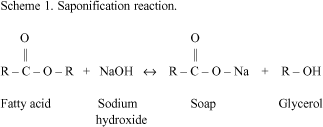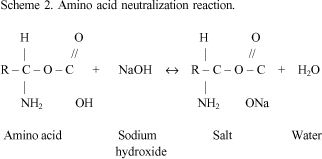The choice of an irrigating solution for use in infected root canals requires previous knowledge of the microorganisms responsible for the infectious process as well as the properties of different irrigating solutions. Complex internal anatomy, host defenses and microorganism virulence are important factors in the treatment of teeth with asymptomatic apical periodontitis. Irrigating solutions must have expressive antimicrobial action and tissue dissolution capacity. Sodium hypochlorite is the most used irrigating solution in endodontics, because its mechanism of action causes biosynthetic alterations in cellular metabolism and phospholipid destruction, formation of chloramines that interfere in cellular metabolism, oxidative action with irreversible enzymatic inactivation in bacteria, and lipid and fatty acid degradation. The aim of this work is to discuss the mechanism of action of sodium hypochlorite based on its antimicrobial and physico-chemical properties.
sodium hypochlorite; irrigating solution; intracanal dressing

 Mechanism of action of sodium hypochlorite
Mechanism of action of sodium hypochlorite


